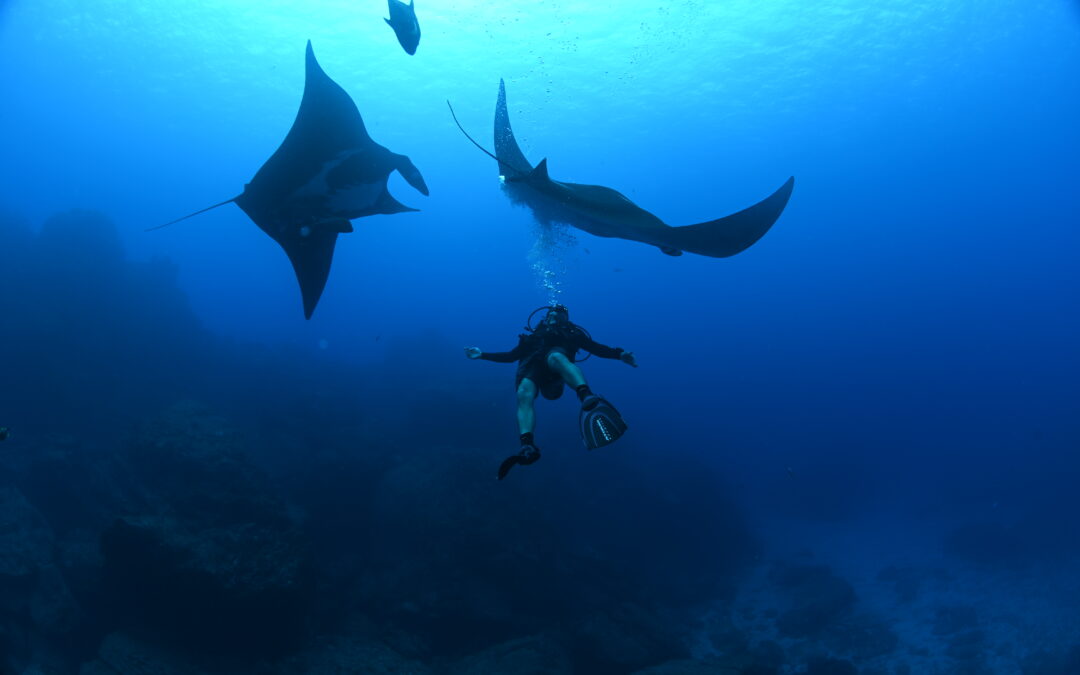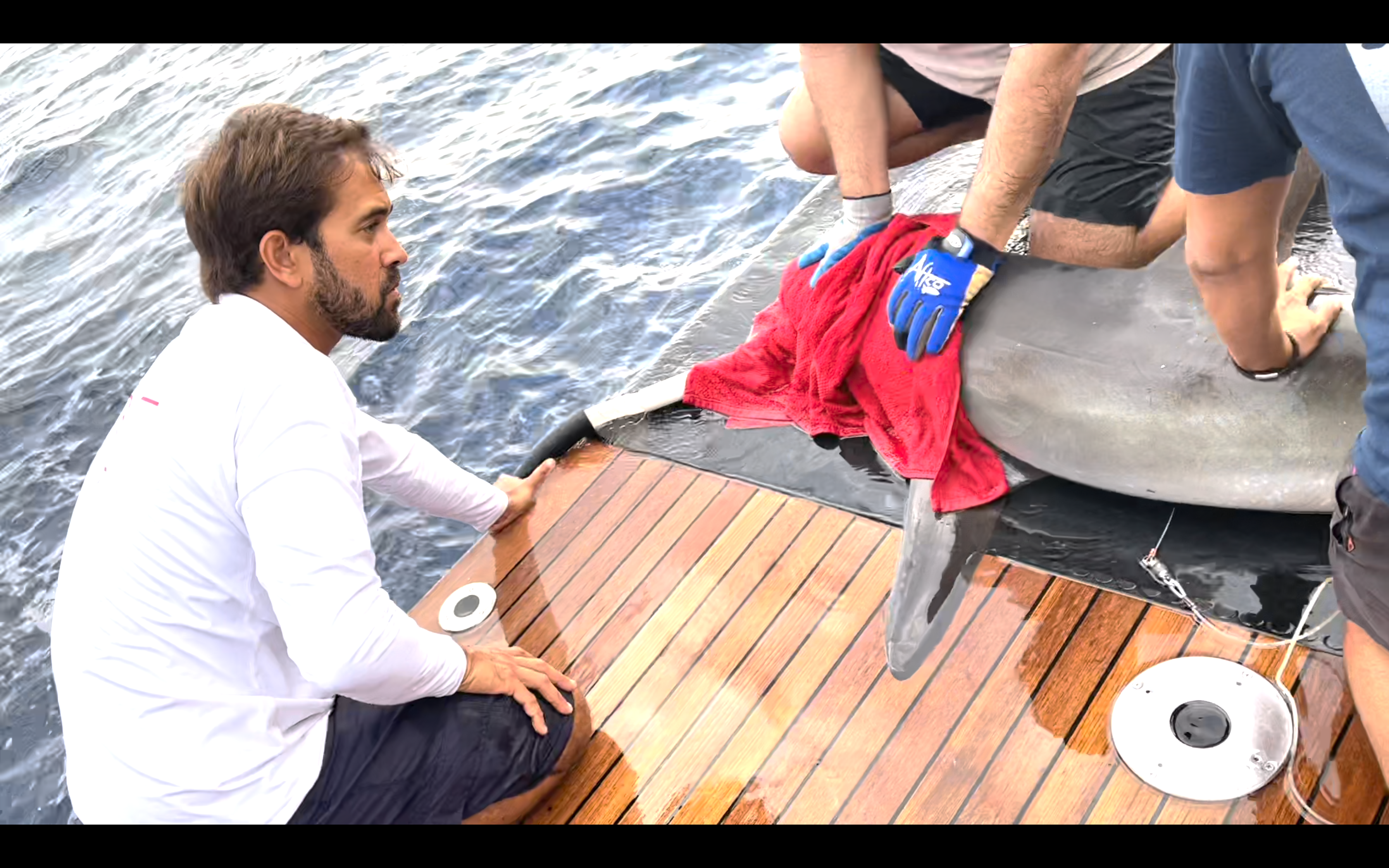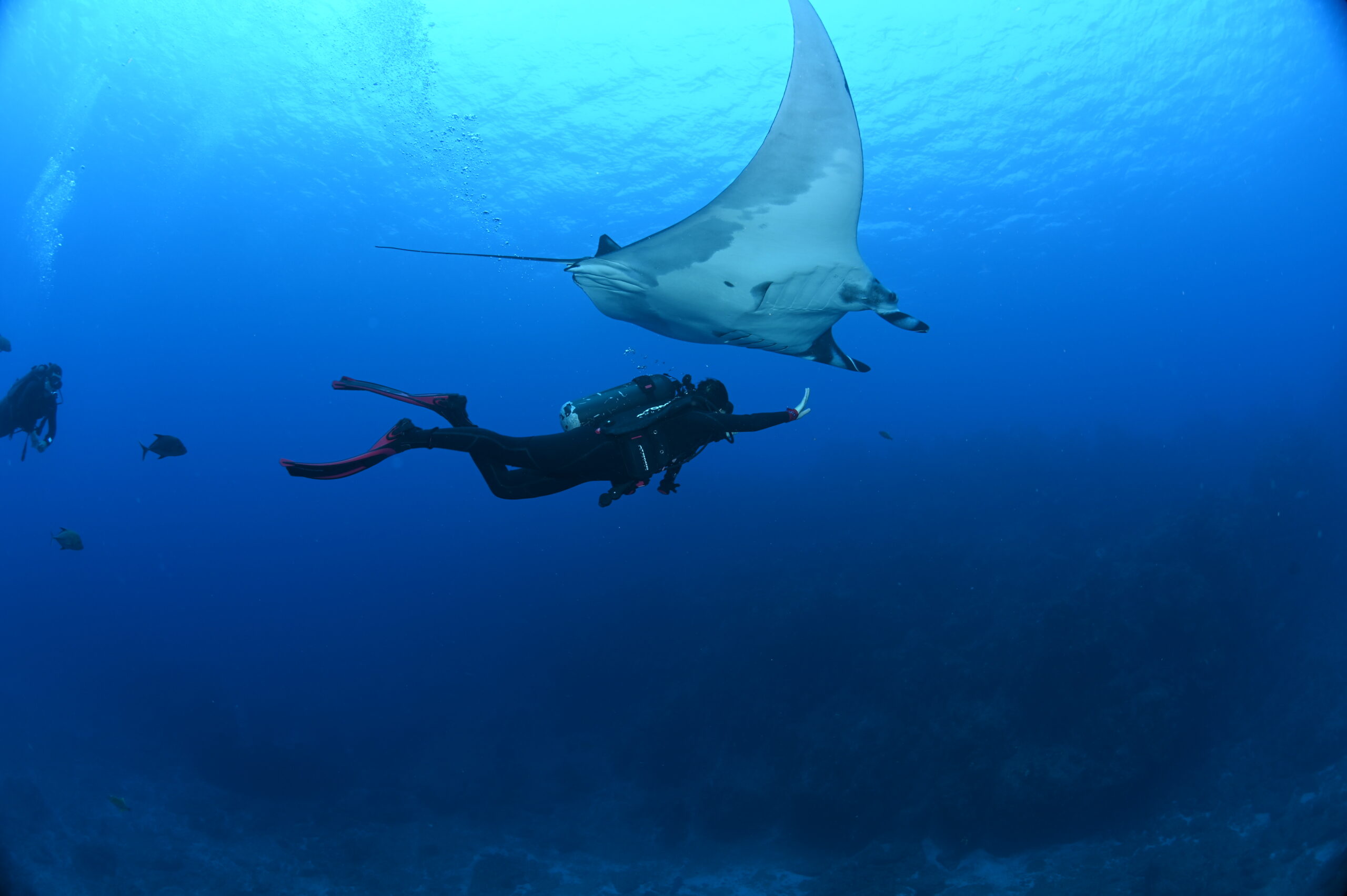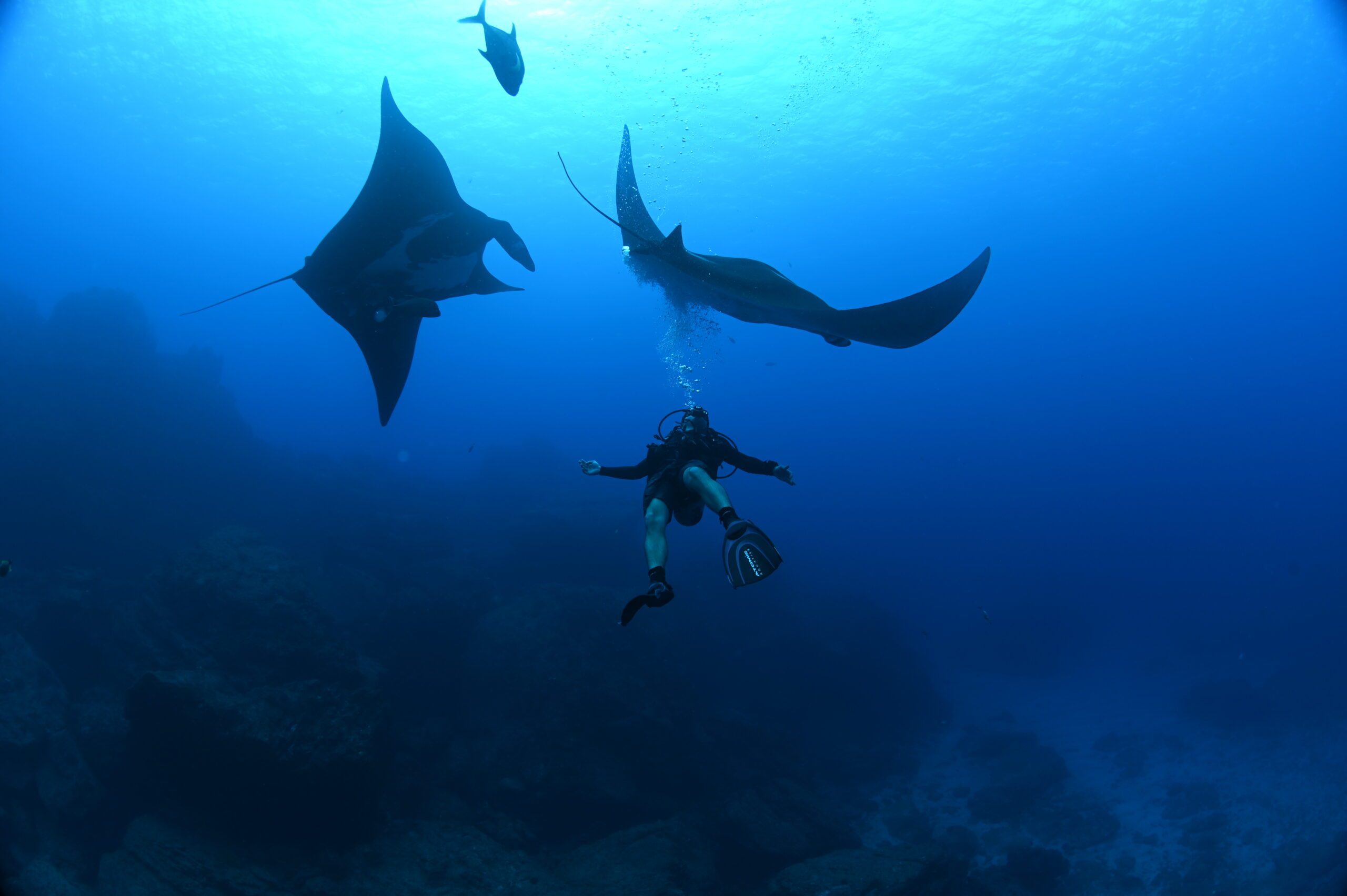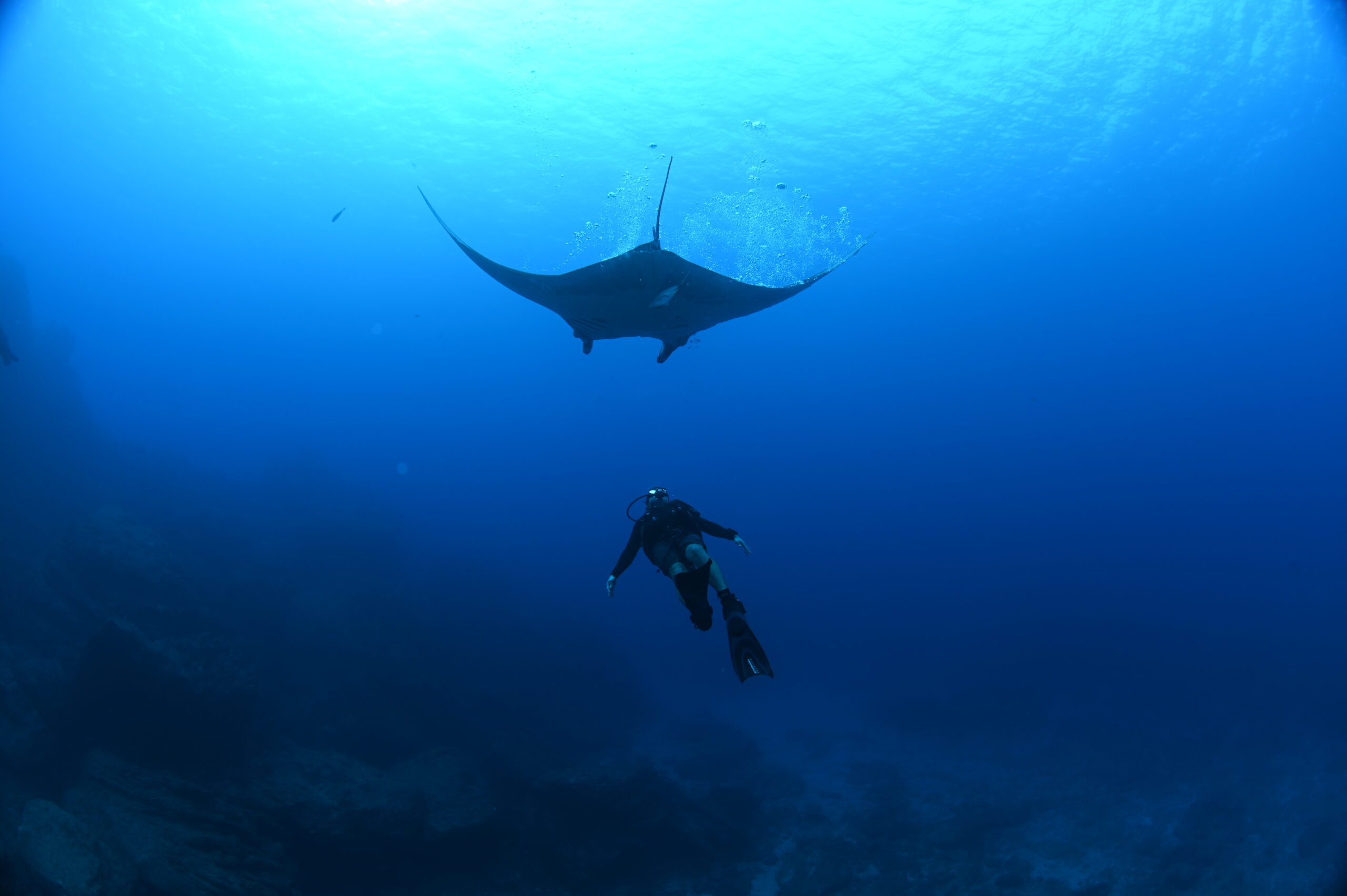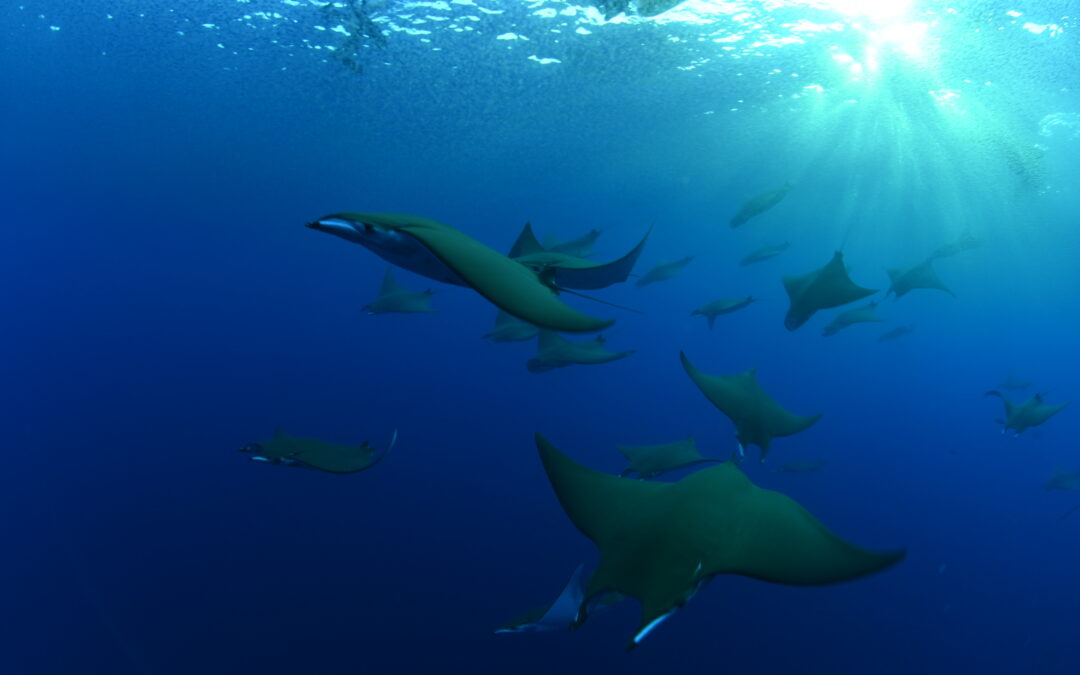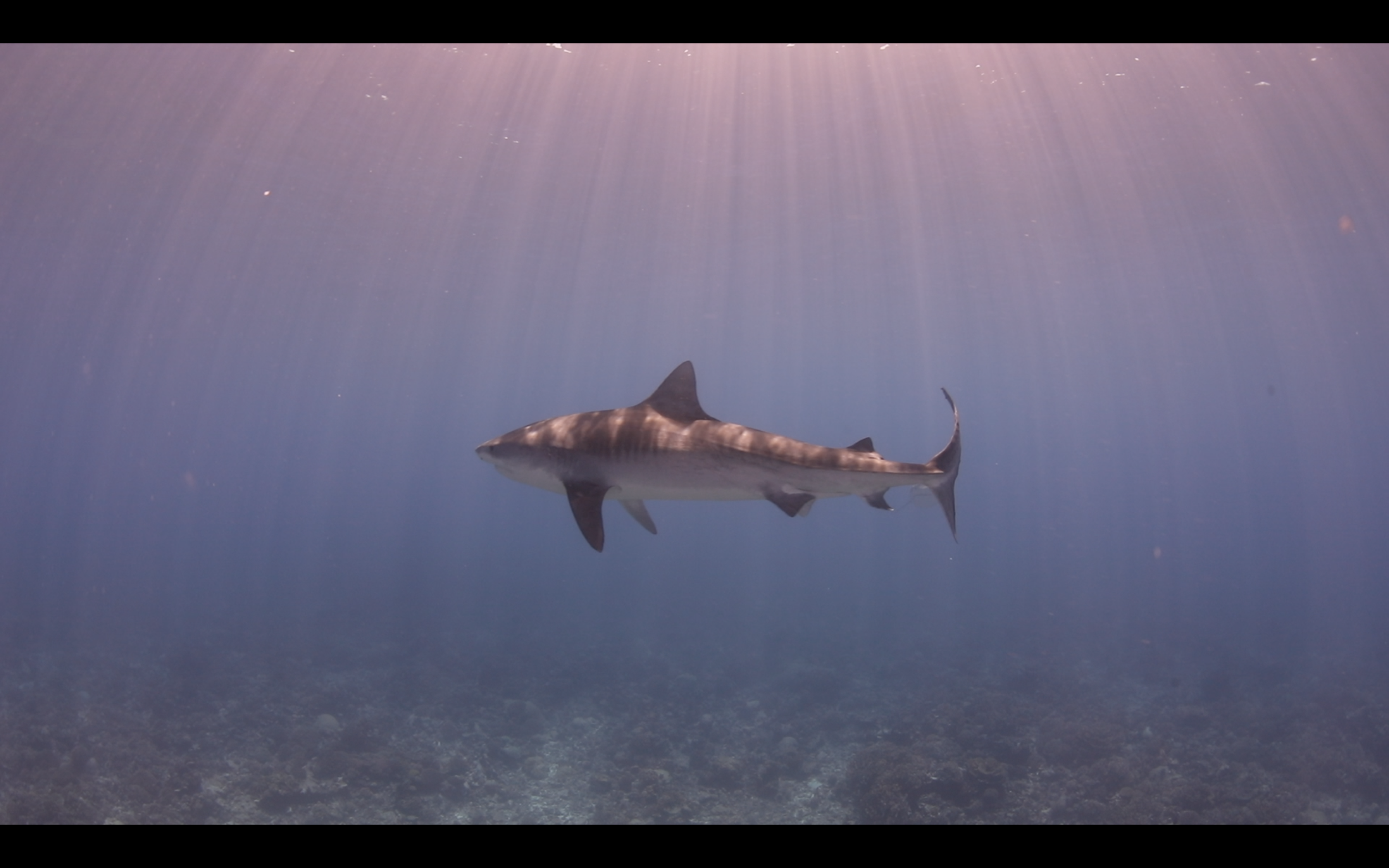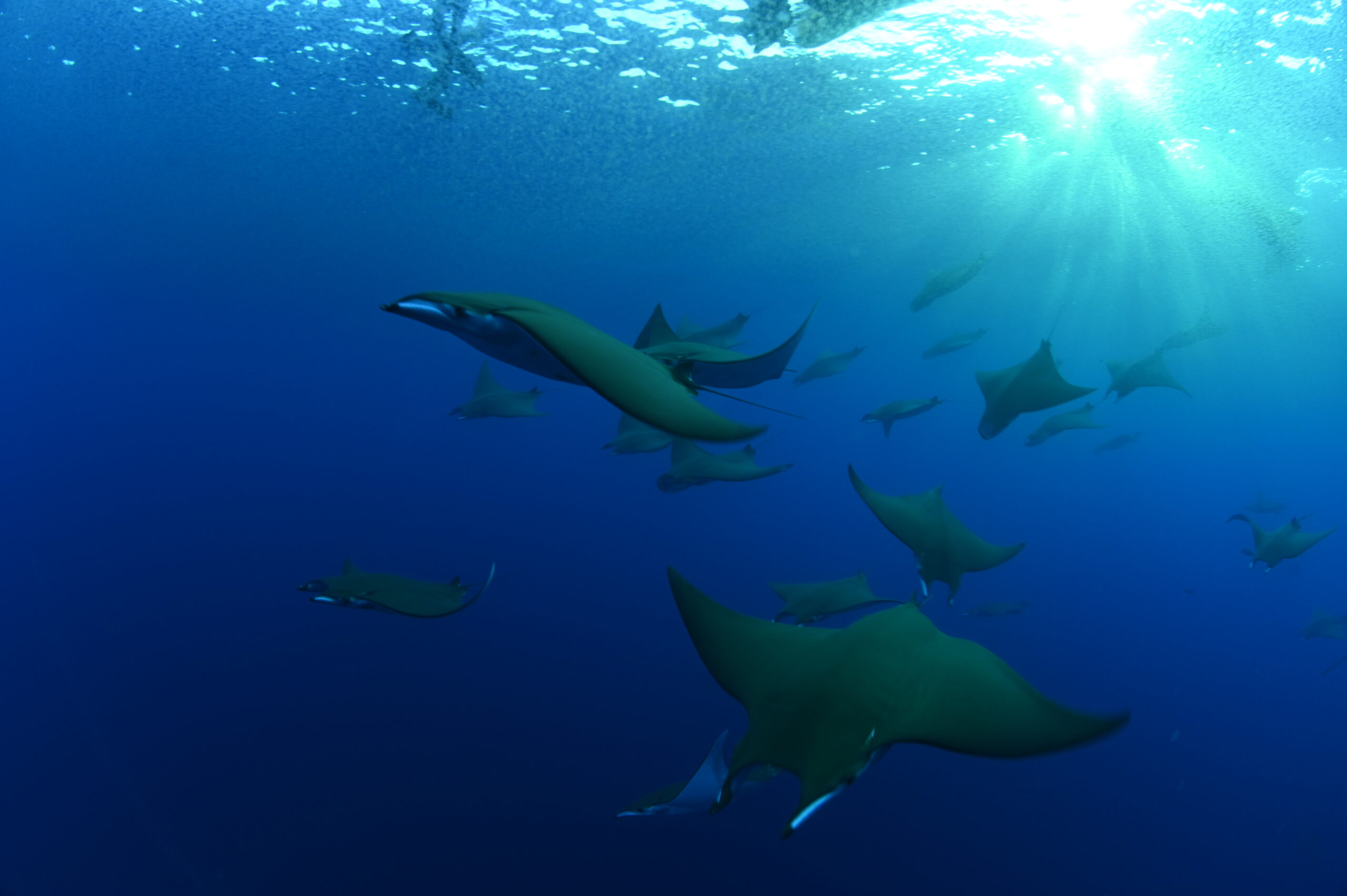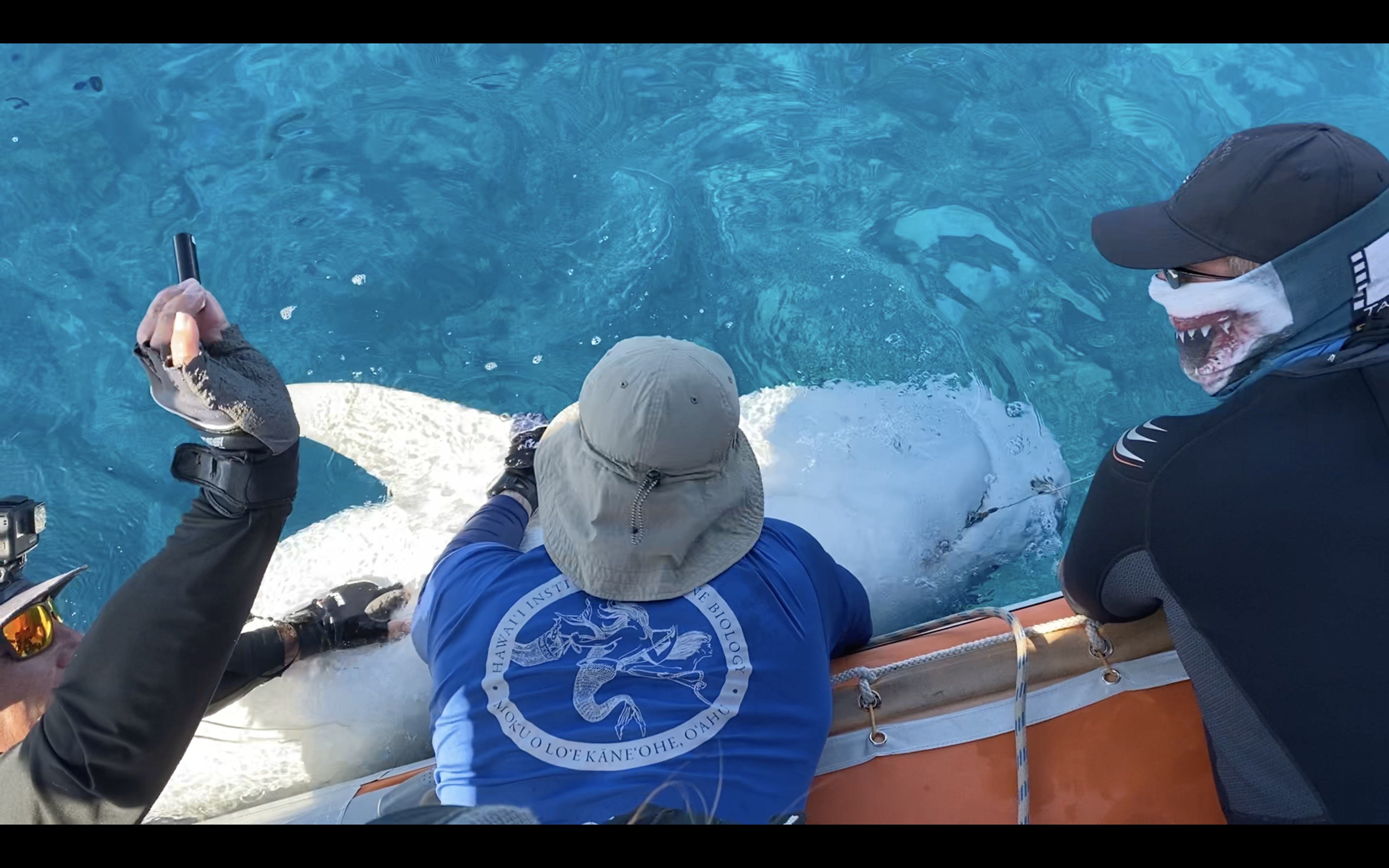
Fiji, Part II – Lau and the Seascape Initiative Project
While our exploration of Fiji during the first part of the trip delivered much to celebrate, not all is well in paradise. In particular, underwater exploration of Fiji revealed much stress on the coral and fish life there; a bittersweet realization given the many goodnesses characteristic of the country. Arriving within the Lau Group, Fiji’s least visited hidden jewel to the east, we hoped to find a natural world largely untouched.
It is now August, about half way through our Fijian itinerary. Here, in Vanua Balavu, Seahawk and her crew stood ready to support a new scientific mission, again organized by our partners at YachtAid Global. This is where the sponsored scientist, Kristian Miles, working with the NGO Conservation International (CI), joined us to survey the remote islet of Duff Reef, a recently declared turtle sanctuary.

Sadly, many of our dives, including those conducted with Kristian, showed the coral reefs were struggling. Many colonies were bleached or suffering from other stressors such as cyanobacteria blooms and destruction by cyclones. And other marine life, especially larger pelagic fish species, were suspiciously lacking,
All signs point to what is now a common problem around the world; overfishing, bad agricultural practices, and climate change. Over the course of our trip, we learned about Fiji’s struggles with overfishing, unsustainable fishing practices (catching of undersized, juvenile fish), and a growing population that increasingly turns to the sea for subsistence. Recent cyclones to hit the islands have also been problematic, some causing serious damage across coral reefs and devastation on land.
We wanted to know more about Fiji’s underwater world, the challenges faced and the organizations and individuals working towards solving them.
Behind the recently protected Duff Reef was the Lau Seascape Initiative; a plan launched in 2019 to protect Lau’s marine and terrestrial life from the current challenges while preparing the region’s communities to develop sustainably. It was launched by regional leaders with Conservation International and partners, with the support of the Fijian government.
Duff reef is a community-based marine managed area and is now a no-take zone where sea turtles can find refuge as they visit the site to breed.
The mission was going to be highly constructive. Kris gave the crew and owners a presentation explaining the Duff Reef environment and the many species found there. The introduction was fortuitous because it facilitated both owners and crew playing a role in surveying the area for key species of marine life. Much to take in and learn to be able to properly identify the different turtles species and other resident fish like groupers, jacks, and barracuda targeted for the survey. It was an intensive course that had some of the team members studying the fish identification book all night prior to next day’s planned dive.
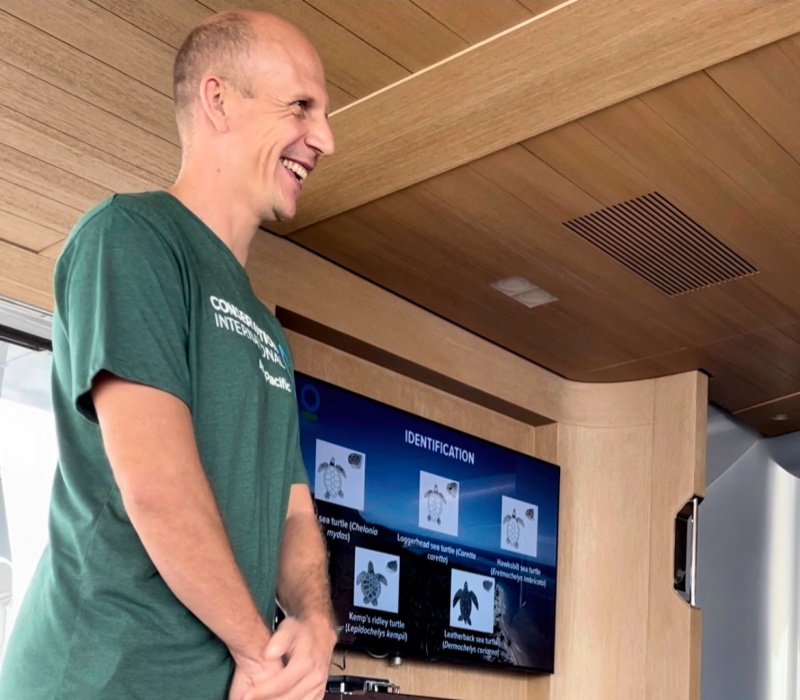
Unfortunately, due to rough weather conditions that included 40-knot winds and heavy rains, Duff Reef’s expedition had to be canceled; located in a very exposed area (the islet is a small sandbank in the ocean) and surrounded by coral reefs, the risk of dragging anchor in such a delicate environment was too high. Seahawk got there and had to turn around straight away, back to the sheltered waters of the Bay of Islands.
On the bright side, Kristian and the Seahawk team were able to deploy a remote underwater temperature monitoring system in the northwestern pass of Vanua Balavu, to collect data on the inputs of ocean temperature. This unit is part of a greater effort by the University of the South Pacific to understand the impacts of climate change. The device will record temperatures over short intervals for up to a year. The annual retrieval/replacement of these devices will aid in the collection of data on ocean sea temperature changes. A similar system has already been installed in the southern Lau Group reef system.

During the days Kris was with us he was able to conduct several surveys of marine life in the various Vanua Balavu passes Seahawk visited. These surveys are about determining the density of populations of benthopelagic and pelagic animals along with turtles & sharks within scientifically important areas of the Lau group.
The dive sites we explored were some of the best of the trip. The reefs were healthy, like busy cities, filled with fish, and diving alongside the reef wall we encountered big schools of barracuda and other pelagic fish. A thriving environment that benefits from the remote nature of the region.

Still, cyanobacteria blooms were also present there. As Valu and Kris showed us how to identify the red algae covering the reef, it was difficult to unsee it. Another sign of how nutrient runoffs from agriculture are having an impact everywhere.
It is hoped that the Lau Seascape Initiative accomplishes its conservation goals and that the dependent communities in the area enjoy a sustainable future. There is much damage done, but also a lot to be saved within the pristine waters of the Lau islands.
The weeks that followed in Lau were marked by an immersion into the Fijian culture and a deeper understanding of the way of life and traditions of Fiji, as Seahawk made her way south of the group and visited some of the country’s most remote corners.
References used on this blog:
Sheldon Chanel, Shailendra Singh (2021, February 3rd). Fishing in Fiji Under Strain [Blog post]. Retrieved from https://earthjournalism.net/stories/fishing-in-fiji-under-strain#:~:text=According%20to%20a%202009%20University,fishing%20practices%2C%22%20says%20Dr.
Andrew Freedman (2020, December 17th). Fierce Cyclone Yasa strikes Fiji as one of the country’s most powerful storms [Washington Post]. Retrieved from https://www.washingtonpost.com/weather/2020/12/17/cyclone-yasa-hits-fiji/

